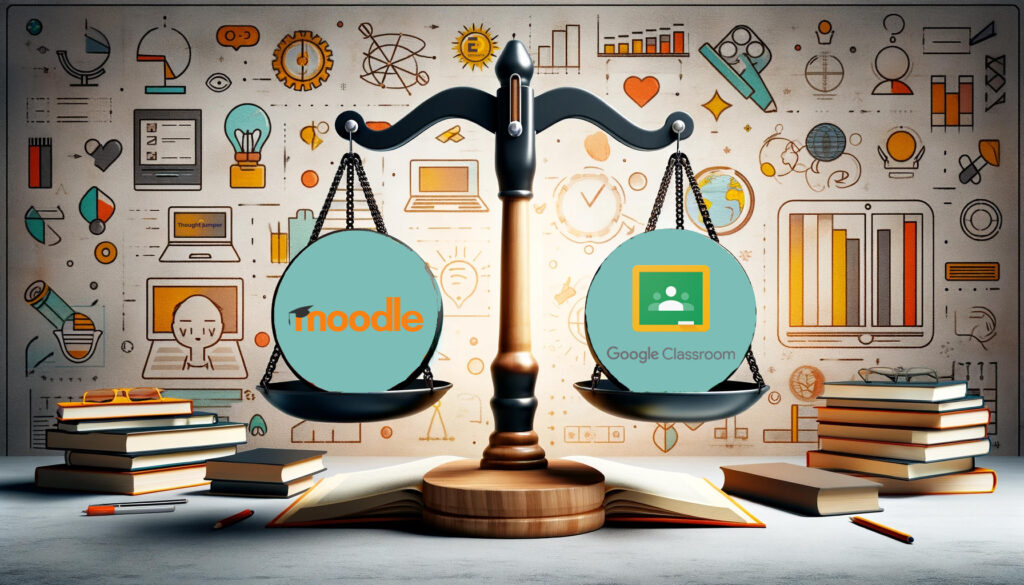10 Ways To Improve Your Learning Management System
Learning Management System (LMS) are software programs used by schools, businesses, and other organizations to manage courses, assignments, and grades. They’re also useful tools for managing content on websites.
Create an Account Structure That Makes Sense.
If you’ve ever tried to use an LMS, you probably found yourself frustrated with its confusing account structure. You might have had trouble finding what you were looking for, or worse yet, you might have been unable to find anything at all.
The first step in creating an account structure that makes sense is to think about what information you want students to be able to access from your website. For example, if you’re teaching a course on social media marketing, you might want to include links to relevant articles, videos, and blogs. You could also create a page where students can submit questions about the topic. If you’re teaching a class on web design, you might want to provide resources such as tutorials, templates, and examples.
Set up a User Interface That Works Well.
There’s no reason why your users should have to struggle through a confusing interface just to access the tools they need. Make sure that your LMS has a user interface that makes sense to them. It shouldn’t require any special training to figure out how to use it.
The best LMS systems allow users to create course materials, assign them to students, and track student progress. Some offer features such as quizzes, discussion boards, forums, and chat rooms. Others include online grading, which allows instructors to grade assignments from anywhere.
Add Features That Help You Learn Better.
If you’re using an online Learning Management System (LMS) to help people learn, make sure that it helps them learn better. Here are some ways to do that:
1. Provide clear instructions.
2. Allow learners to interact with each other.
3. Give learners feedback on what they’ve done right and wrong.
4. Let learners see where they stand at different points in the process.
5. Keep track of learner progress.
6. Offer support when needed.
7. Include quizzes and tests.
8. Have a good search function.
9. Make it easy to share content.
10. Make it easy to export data.
If you want to learn better, add features that help you learn better. For example, if you’re taking online classes, consider using a LMS. These systems allow instructors to create lessons, assign homework, grade tests, and communicate with students. Some LMSs also offer additional features such as discussion boards, forums, and wikis.
Integrate Social Media Into Your LMS.
You can use social media to promote your courses and build relationships with your students. It’s also a great way to engage your current students and attract new ones.
If you want to integrate social media into your Learning Management System (LMS), there are several ways to go about doing so. One option is to use a third party tool such as Totara, Moodle, or WordPress. Another option is to build your own custom solution using one of the many open source platforms available. The best approach depends on what features you want to include and whether you want to create a stand alone system or integrate with existing systems.
The best Learning Management System (LMS) systems allow users to create social media accounts and integrate them into the system. For example, if you want students to be able to share their work online, you could set up a Facebook page where they can post their assignments and comments. Or, if you want teachers to be able to comment on student posts, you could set up an Instagram account where they can leave messages.
Build A Community Of Learners.
Social media platforms like Facebook, Twitter, LinkedIn, Instagram, and Pinterest are excellent tools for building communities of learners. These communities allow you to connect with people who share similar interests and goals. They also provide an opportunity to learn more about other people and what motivates them.
The best Learning Management System (LMS) systems allow teachers to create lessons, assign tasks, track student progress, and communicate with students via email. Some offer additional features such as quizzes, discussion boards, forums, and chat rooms.
The best LMS systems allow users to create custom modules, which are essentially mini applications that can be added to the main program. These modules can be used to add new features to the system, such as quizzes, forums, and discussion boards. For example, if you want to build a community of learners around a particular topic, you could create a module that allows students to post questions and receive answers from other members of the community.
The best LMS systems allow teachers to create lessons, assign them to students, track student progress, and provide feedback. Some LMS systems include features such as discussion boards, quizzes, forums, and blogs.
Well, now you have must have a slight idea about how you can improve your Learning Management System (LMS). We at Edvanta Technologies can help you elevate the learning experience of your learners with our cutting edge technology implementations. Connect with us to explore various opportunities that can benefit you and your organization.
Some additional insights and recommendations:
- Analyze the LMS Metrics: In order to improve the LMS, it is important to analyze the metrics related to the learners’ usage of the system. This can include metrics such as completion rates, engagement rates, and time spent on the system. By analyzing these metrics, organizations can identify areas for improvement and make data-driven decisions on how to optimize the LMS
- Personalize the Learning Experience: One way to improve the LMS is to personalize the learning experience for the learners. This can be achieved by using features such as adaptive learning and personalized learning paths, which tailor the learning experience to the needs and preferences of the learners.
- Enhance the User Interface: The user interface of the LMS plays a critical role in the user experience. By enhancing the user interface with features such as a clean and intuitive design, easy navigation, and mobile responsiveness, organizations can improve the overall user experience and increase engagement.
- Implement Interactive Content: Interactive content, such as videos, simulations, and quizzes, can help to make the learning experience more engaging and interactive. By incorporating interactive content into the LMS, organizations can increase learner engagement and improve knowledge retention.
- Provide Ongoing Support: Providing ongoing support to the learners can help to improve the LMS experience. This can include offering technical support, as well as providing regular updates and training on the system. By providing ongoing support, organizations can ensure that learners are able to effectively use the system and are motivated to continue learning.
Well, now you have must have a slight idea about how you can improve your Learning Management System (LMS). We at Edvanta Technologies can help you optimize your current Learning Management System (LMS) and improve the learning experience of your user. Connect with us to explore various opportunities that can benefit you and your organization.
Share

Latest Case Studies
Customer Success Stories

Totara Learn Brings Enthusiasm and Innovation Multi-Device Learning at Alembic

Edvanta helps Pearson HigherEd develop an Innovative Learner Journey Framework for their Programs

Empowering Gandhi Fellowship Program by Piramal Foundation Using Totara Learn based Mobile APP
Latest Blog Articles
Insight and Ideas




